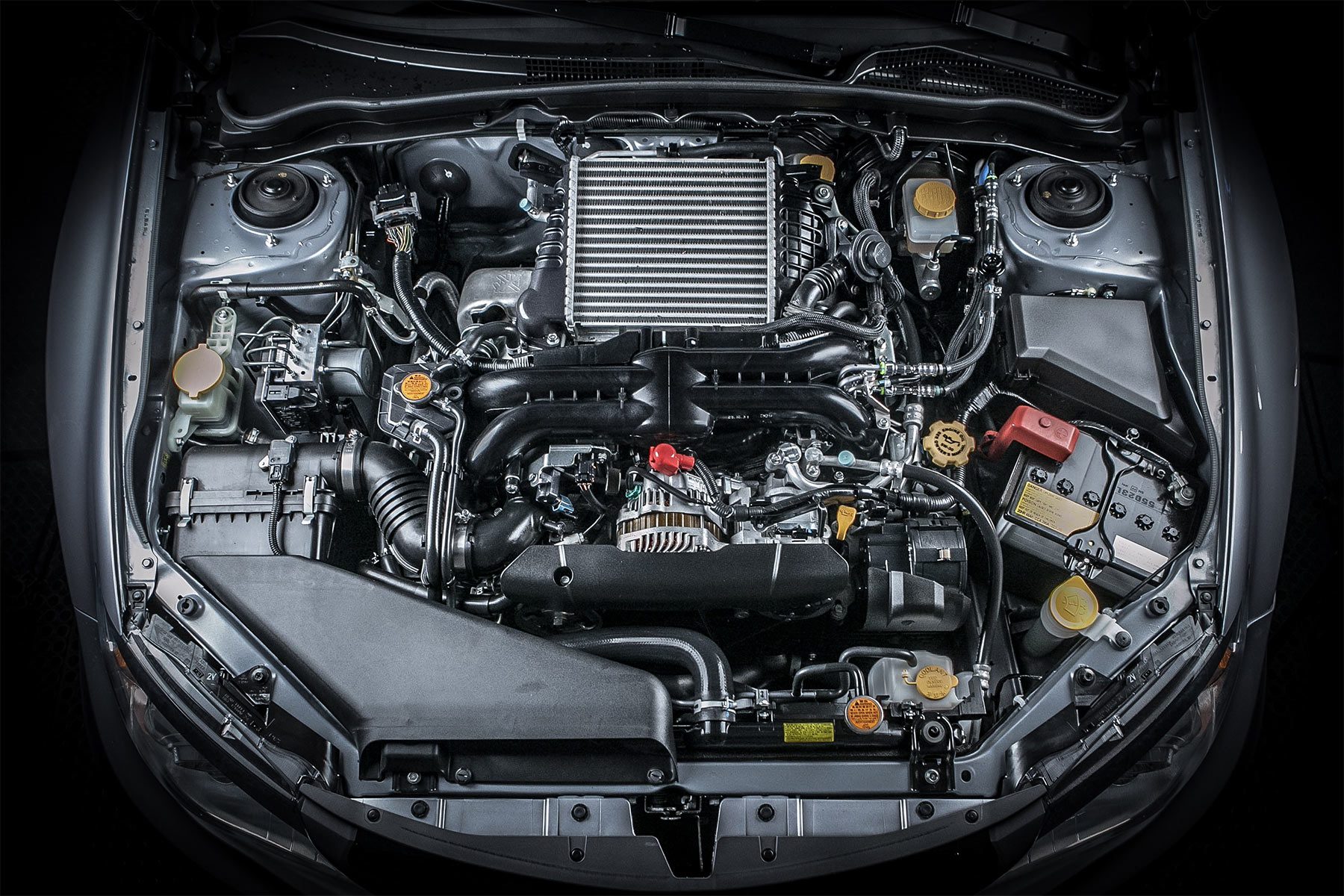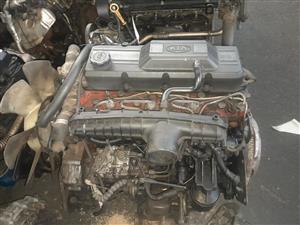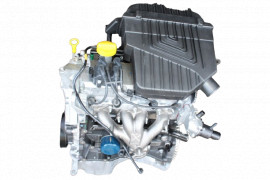Thorough Assessment of the Mechanical Components of a Hatchback's Electric motor
Comprehending the detailed workings of a hatchback's motor is similar to untangling a complex problem where every item plays an important role in the overall performance of the automobile. As we delve right into the internal workings of these mechanical marvels, a deeper recognition for the harmony of parts that drive a hatchback forward arises.
Pistons and Cylinders

The performance and performance of a hatchback's engine depend heavily on the smooth procedure of the pistons and cyndrical tubes. Proper securing between the piston rings and cylinder wall surfaces is important to maintain compression and prevent loss of power. Additionally, the dimension and style of the cyndrical tubes straight affect the engine's displacement and general power result. Regular maintenance and monitoring of these parts are essential to make certain optimum engine performance and long life.
Crankshafts and camshafts
Camshafts and crankshafts play important duties in the operation of a hatchback's interior burning engine, promoting exact timing and conversion of straight activity right into rotational power. The camshaft, situated within the engine block, regulates the opening and closing of the engine valves at specific periods. As the camshaft revolves, its wattles press against the shutoffs, permitting air and fuel right into the burning chamber and expelling exhaust gases. This procedure integrates with the movement of the pistons to guarantee optimal engine performance.
On the other hand, the crankshaft, connected to the pistons by means of connecting poles, converts the linear motion of the pistons into rotational motion. This rotational energy is after that transferred to the transmission and ultimately to the wheels, pushing the automobile forward. The accurate sychronisation in between the camshaft and crankshaft is essential for the engine to operate successfully and generate power efficiently. Any type of misalignment or breakdown in these components can lead to engine efficiency concerns and prospective damage. Routine maintenance and prompt replacements are essential to make sure the smooth operation of these important engine parts in a hatchback.
Valves and Timing Belts
Playing an important role in the synchronization and procedure of a hatchback's interior combustion engine, the valves and timing belts function in combination with the camshafts and crankshafts to guarantee optimal efficiency. Shutoffs regulate the flow of air and fuel right into the see page combustion chamber while removing exhaust gases. The timing belt, also known as the webcam belt, synchronizes the rotation of the camshaft and crankshaft, making sure that the valves close and open at the proper times in regard to the piston setting. Appropriate timing is crucial for the engine to work effectively and avoid damage due to interference in between relocating components.

Gas Injectors and Stimulate Plugs
Gas injectors and spark plugs are vital elements in a hatchback's engine system, accountable for the efficient shipment of fuel and ignition of the air-fuel combination. Modern hatchbacks often use digital gas injection systems that can change fuel distribution based on different factors such as engine lots, rate, and temperature level.
Correctly operating trigger plugs are critical for engine efficiency, gas performance, and exhausts regulate. Normal assessment and maintenance of both gas injectors and stimulate plugs are essential to guarantee the engine operates smoothly and successfully.
Air Conditioning System and Lubrication
Offered the essential role of preserving ideal engine efficiency and effectiveness in a hatchback, the air conditioning system and lubrication devices are important parts that make certain appropriate operating and durability of the automobile. The cooling system in a hatchback is liable for managing the engine temperature to stop getting too hot. It normally includes a radiator, water pump, thermostat, and cooling fan, interacting to dissipate warm produced during engine operation. Appropriate lubrication is similarly essential as it lowers friction between moving parts, preventing wear and tear. The lubrication system in a hatchback includes the oil pump, blog oil filter, and different lubricants that decrease rubbing within the engine. Regular upkeep of the cooling system entails examining coolant degrees, inspecting for leakages, and making certain correct performance of cooling down elements. Regular oil modifications and making use of the recommended lubricants are necessary for the lubrication system's effectiveness. Together, the air conditioning system and lubrication devices play an important role in maintaining the hatchback's engine running smoothly and efficiently.
Verdict

Pistons and cyndrical tubes are essential components within the internal burning engine of a hatchback, responsible for converting fuel right into mechanical power. The camshaft, situated within the engine block, regulates the opening and closing of the engine valves at specific intervals.Playing a crucial role in the synchronization and procedure of a hatchback's internal combustion engine, the valves and timing belts function in combination with the crankshafts and camshafts to make sure optimal performance.Fuel injectors and stimulate plugs are essential elements in a hatchback's engine system, responsible for the reliable distribution of fuel and ignition of the air-fuel mix. Modern hatchbacks commonly make use of check out here electronic fuel shot systems that can readjust gas shipment based on numerous factors such as engine lots, speed, and temperature.
 Val Kilmer Then & Now!
Val Kilmer Then & Now! Andrea Barber Then & Now!
Andrea Barber Then & Now! Barbi Benton Then & Now!
Barbi Benton Then & Now! Shannon Elizabeth Then & Now!
Shannon Elizabeth Then & Now! Daryl Hannah Then & Now!
Daryl Hannah Then & Now!